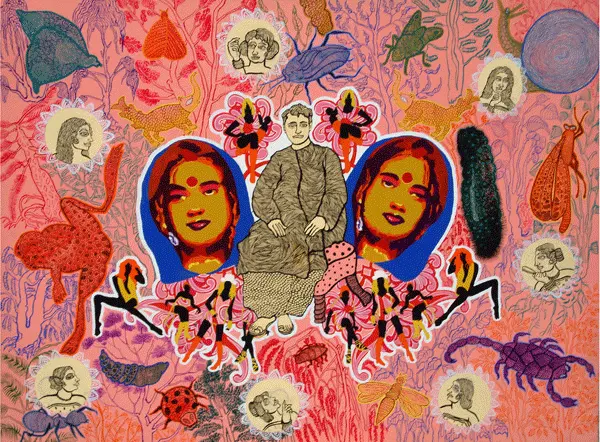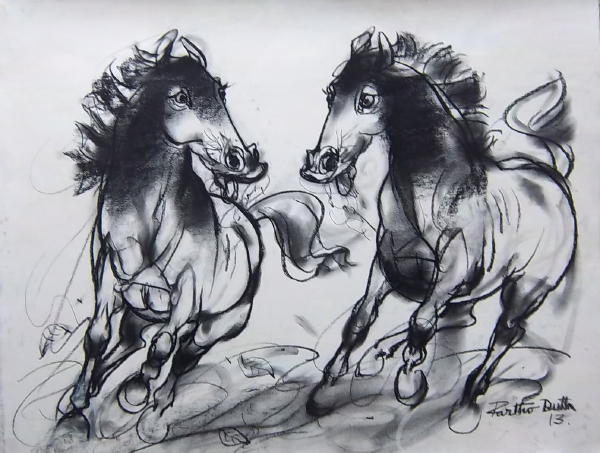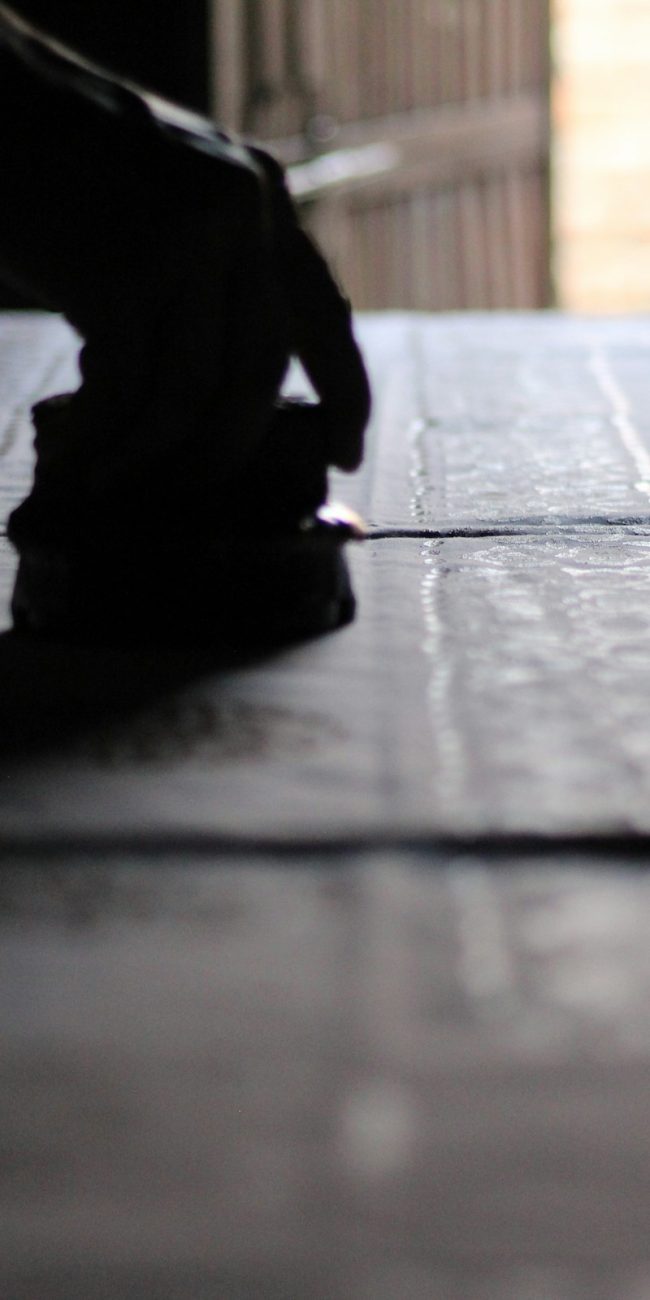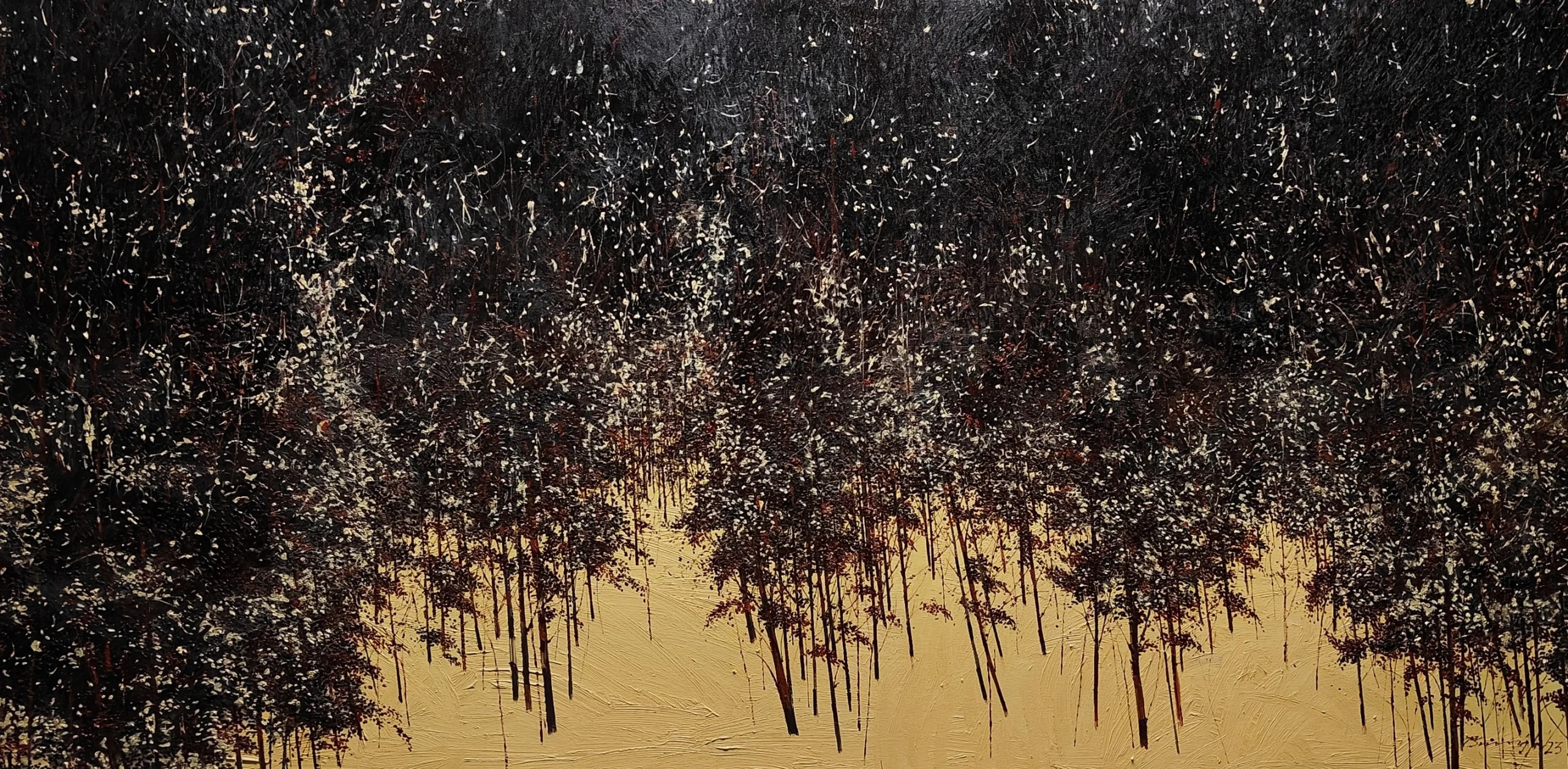
Spotlight on Abstract Art: Understanding Its Impact and Appeal
What is Abstract Art?


Abstract art does not depict objects or scenes from reality. Instead, it uses non-representational elements such as colors, textures, and shapes. Some well-known abstract artists like Wassily Kandinsky, Piet Mondrian, and Jackson Pollock evolved this movement, seeking to express emotions, spirituality, or inner experiences without relying on recognizable images.
Kandinsky, for example, believed that colors had psychological effects and could evoke emotions just like music. This is a fundamental idea in abstract art – letting the viewer experience and interpret the work without predefined meanings.
The Origin of Abstract Art

Abstract art emerged in the early 20th century, at a time when artists were breaking away from traditional forms of expression. With the rise of photography, which could capture reality with precision, many artists began experimenting with different ways of conveying emotion and meaning. Movements like Cubism, Futurism, and Dadaism played a significant role in shaping abstract art.
Cubism, spearheaded by Pablo Picasso and Georges Braque, focused on depicting objects from multiple perspectives, challenging traditional ways of seeing. Futurism embraced speed, technology, and the energy of modern life, while Dadaism rejected conventional aesthetics and celebrated absurdity. These movements contributed to the growth of abstract art by encouraging experimentation.
Impact of Abstract Art on the Art World

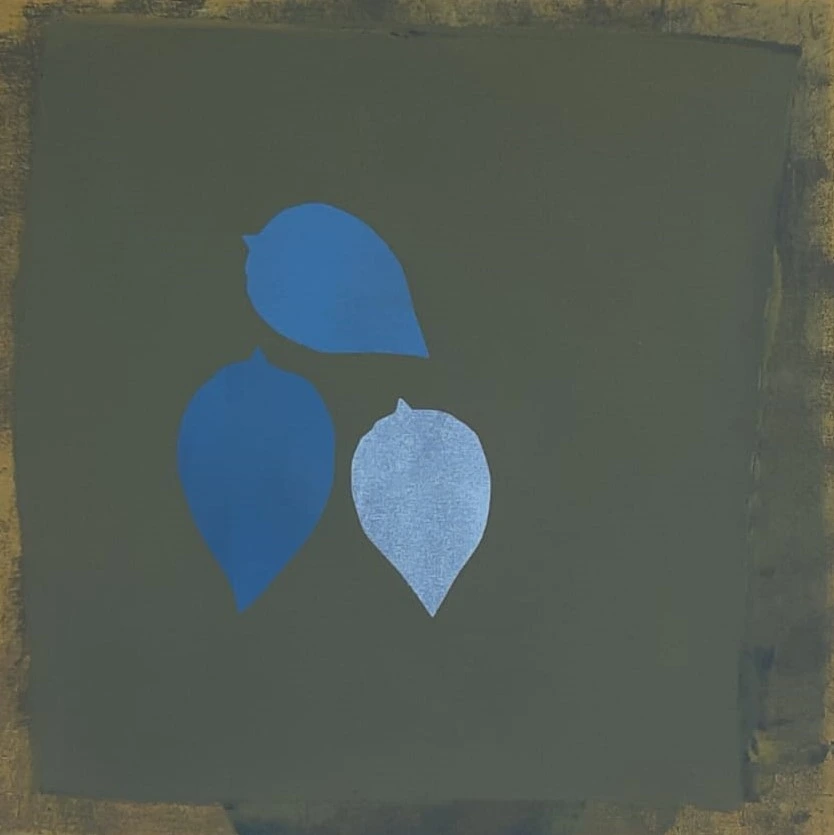
Abstract art has had a profound impact on the global art scene. It broke away from the norms of realism and challenged viewers to think beyond what they could see. By freeing art from the constraints of representation, abstract artists gave themselves limitless possibilities to explore.
One of the key impacts of abstract art is its ability to evoke emotion and provoke thought. Because abstract art leaves room for interpretation, it encourages viewers to engage with the artwork on a personal level. This emotional connection is one of the reasons why abstract art is so appealing.
Furthermore, abstract art opened the doors for modern and contemporary art. Without the revolutionary ideas of early abstract artists, we wouldn’t have movements like Minimalism, Abstract Expressionism, and Postmodernism. Each of these movements has its roots in the ideas and techniques evolved by abstract artists, shaping the future of art as we know it.
The Appeal of Abstract Art

1. Freedom of Interpretation
One of the most captivating aspects of abstract art is its open-ended nature. Unlike traditional art forms where the subject matter is clear, abstract art invites viewers to bring their own experiences, emotions, and thoughts into the viewing process. This freedom of interpretation makes abstract art a deeply personal experience, which is why people connect with it on different levels.
2. Emotional Resonance
Abstract art can evoke emotions through the use of color, form, and texture. An artist might use bold, chaotic brushstrokes to convey intensity or calm, flowing lines to create a sense of peace. The absence of a clear subject allows the viewer to focus purely on the emotional impact of the artwork, leading to a more deep-rooted response.
3. Versatility
Abstract art is incredibly versatile. Whether it’s a massive canvas of swirling colors or a minimalist composition of geometric shapes, abstract art can fit into any space and complement any aesthetic. This versatility makes it a popular choice for home decor, offices, and public spaces.
4. Timeless Appeal
Abstract art has a timeless quality. Because it doesn’t rely on depicting specific scenes or objects, it doesn’t become outdated. The feelings and ideas conveyed through abstract art remain relevant, regardless of trends. This timeless appeal is one of the reasons why collectors and art enthusiasts continue to invest in abstract pieces.
Abstract Art in Contemporary Culture

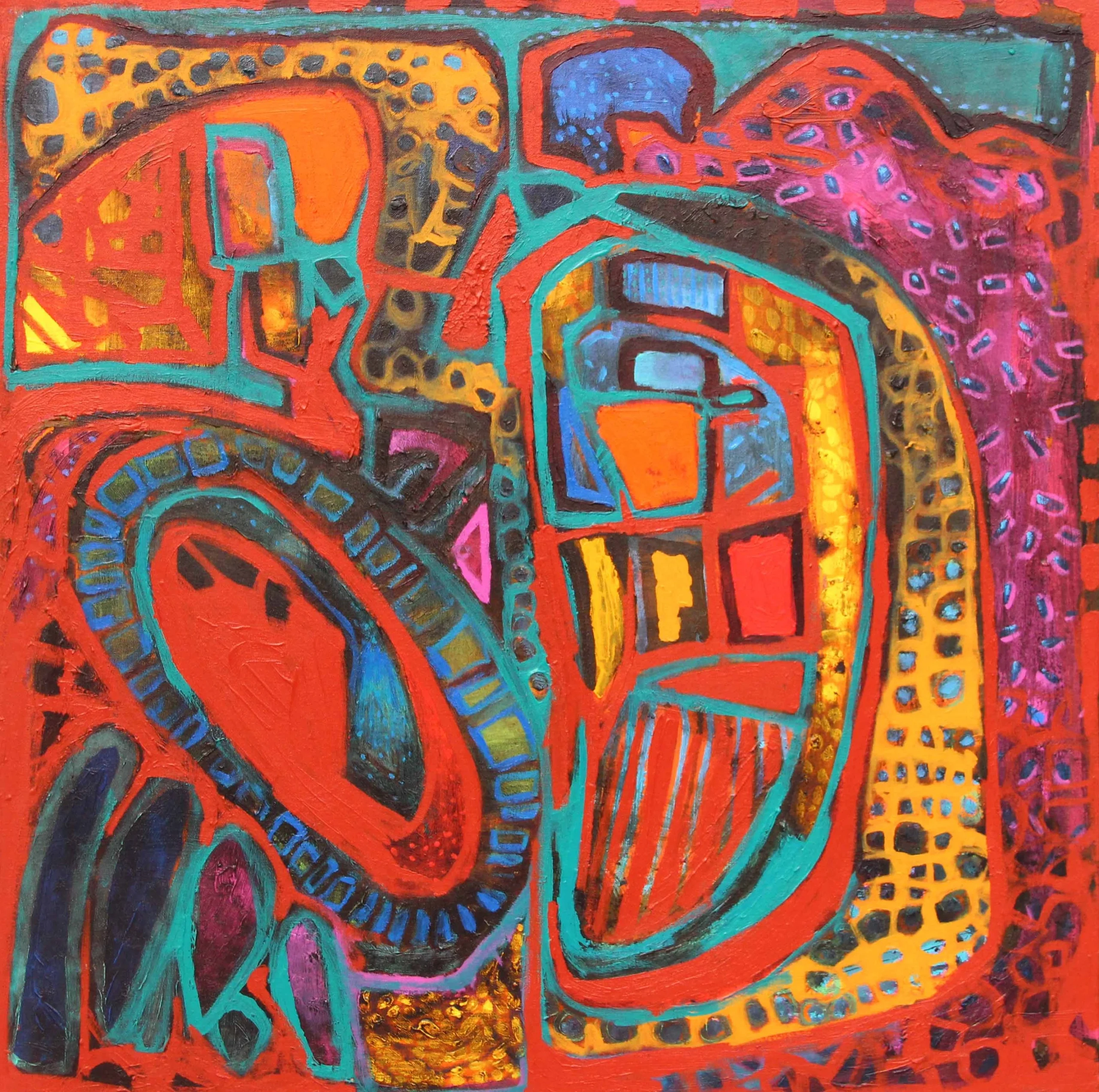
Abstract art has made its way into various aspects of contemporary culture. You can find abstract designs in everything from fashion and interior design to product packaging and digital media. The rise of digital art has also given abstract artists new tools to experiment with, pushing the boundaries of the genre even further.
Many modern artists continue to explore the ideas evolved by early abstract artists, using new techniques and materials to create innovative works. Whether through painting, sculpture, or mixed media, abstract art remains a dynamic and ever-evolving field.
Conclusion

At AIM Gallery, we celebrate abstract art for its unique way of exploring the world. Instead of sticking to traditional forms, abstract art lets artists show deep emotions and fresh ideas and lets you see and feel things in your own way. Its impact on the art world is undeniable, shaping movements and inspiring generations of artists. Its appeal comes from its emotional depth, flexibility, and timeless nature, making sure it will keep inspiring people for years to come.
Whether you’re a long-time art fan or just starting to explore, abstract art can open your mind to new ideas and perspectives. Check out amazing works by talented Indian artists on our Instagram handle @aimgallerychd and stay updated on exciting exhibitions and workshops




